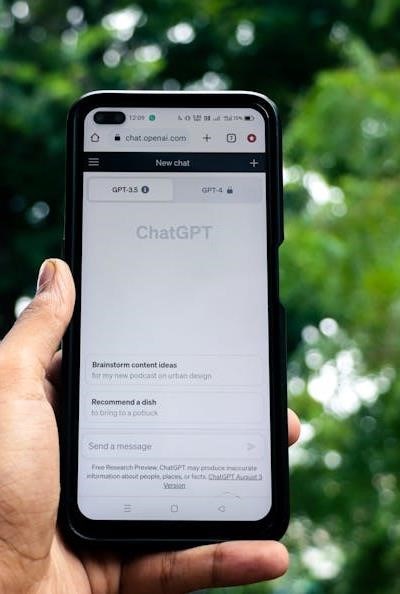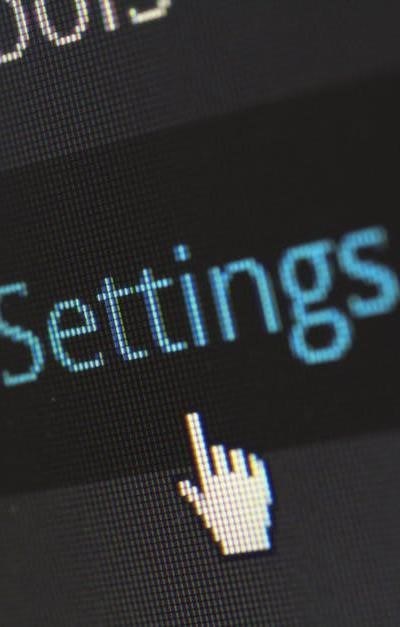
In today’s digital banking landscape, the need for multi-user access to financial accounts is increasingly common, particularly within families. This article details how to effectively manage shared access to your online account, ensuring both convenience and robust online security. We’ll cover everything from joint accounts to user permissions and account access control, focusing on secure banking practices.
Understanding Different Access Models
Several approaches exist for granting others access to your banking information:
- Joint Accounts: These accounts legally grant all holders equal ownership and banking privileges. Any holder can deposit, withdraw, and manage the funds.
- Authorized Users: This allows you to grant specific individuals access to your account without granting ownership. You retain full control. This is ideal for family banking scenarios.
- Delegated Access: A more granular approach, often found within banking apps, allowing you to assign specific tasks (e.g., bill payment only) to authorized users.
Setting Up User Permissions & Access Levels
Most banks offer sophisticated user permissions systems. Instead of resorting to password sharing – a significant online security risk – leverage these features. Role-based access is key.
Defining User Roles
Consider these user roles when configuring access:
- Viewer: Can only view account balances and transaction history.
- Transactor: Can transfer funds, pay bills, and make purchases.
- Administrator: Has full control, including the ability to add/remove users and modify security settings. (Limit this role!)
Access levels should be tailored to each user’s needs. A spouse might require transactor access, while a child learning financial management might start with viewer access.
Leveraging Online Banking Security Features
Your bank’s online banking security tools are your first line of defense. Here’s how to use them:
- Two-Factor Authentication (2FA): Enable 2FA for all users. This adds an extra layer of security beyond just a password.
- Account Monitoring: Regularly review transaction history and user activity logs. Most banks offer alerts for unusual activity.
- Transaction Limits: Set daily or per-transaction limits to minimize potential losses from fraud prevention.
- Secure Messaging: Use the bank’s secure messaging system for sensitive communication, avoiding email.
Best Practices for Secure Shared Access
Beyond the bank’s features, adopt these practices:
- Regularly Review Access: Periodically audit authorized users and their access levels. Remove access when no longer needed.
- Strong Passwords: Encourage all users to create strong, unique passwords;
- Phishing Awareness: Educate all users about phishing scams and how to identify them.
- Device Security: Ensure all devices used to access the online account are secure with up-to-date antivirus software.
The Risks of Password Sharing
Password sharing is a major security vulnerability. It eliminates accountability and makes it difficult to detect fraudulent activity. It also violates many banks’ terms of service. Always use the bank’s built-in shared access features instead.
Utilizing Banking Apps for Enhanced Control
Many banking apps offer granular control over account access control. They often provide real-time notifications and the ability to instantly revoke access if needed. Take advantage of these features for proactive financial management.
By implementing these strategies, you can enjoy the convenience of multi-user access while maintaining a high level of secure banking and protecting your financial accounts.




This is a really well-written and practical guide! I
Excellent article! The emphasis on *not* sharing passwords is crucial. So many people still do that, and it